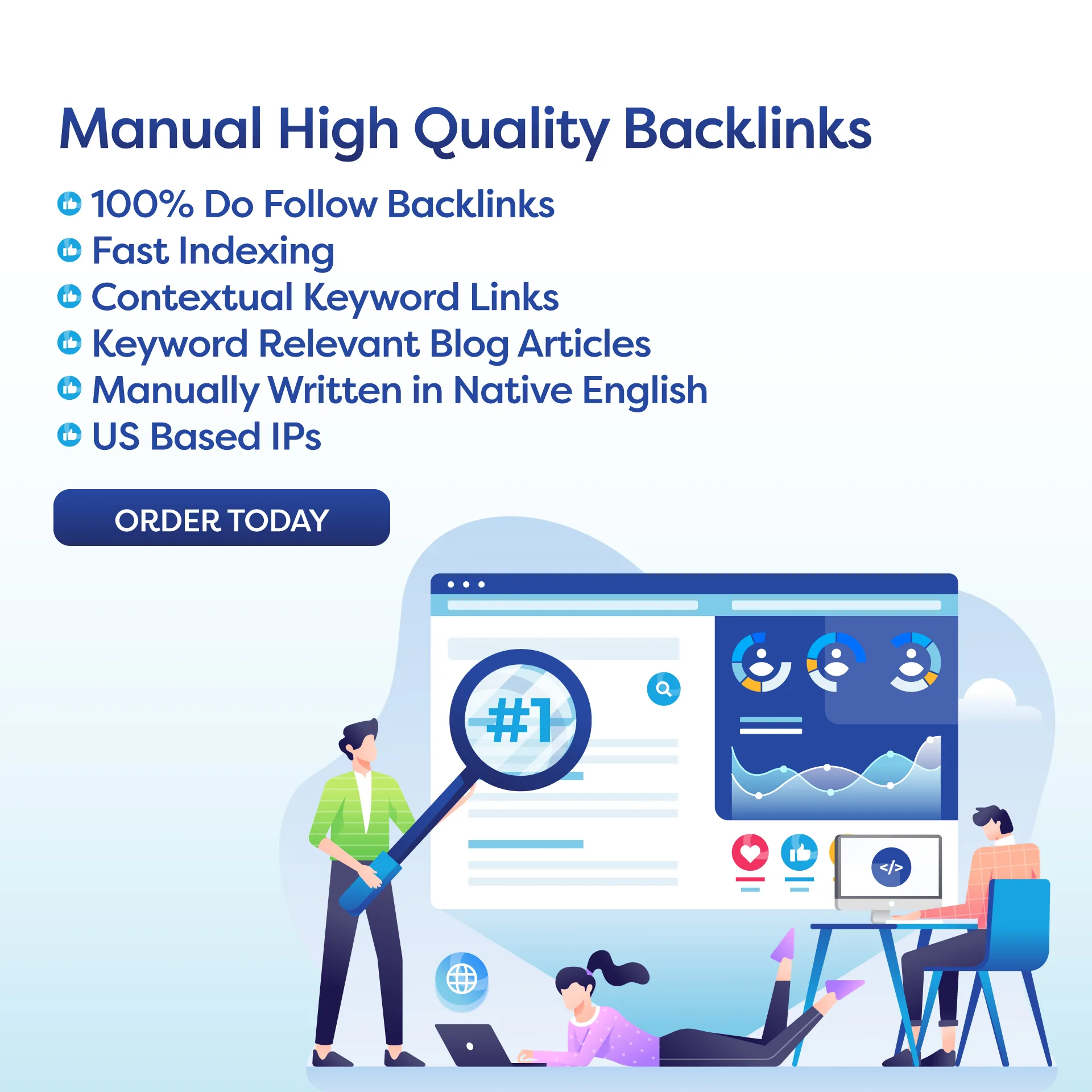In today’s increasingly challenging and fast-paced work environments, it has become more critical than ever to prioritize our mental health and well-being. By taking proactive steps to support their mental health, employees can improve their personal well-being and play a crucial, vital role in creating a positive workplace culture.
Mental health awareness is an important and crucial aspect of workplace well-being. It helps employees recognize and address any mental health issues they may be experiencing, such as stress, anxiety, or depression. This, in turn, enables them to better manage their mental health and improve their personal quality of life.
One effective way for employees to support their mental health is by utilizing Employee Assistance Programs (EAPs). These programs provide confidential counseling and other resources to help employees manage mental health issues.
Stress management techniques are another practical strategy employees can use to support their mental health. These may include regular exercise, meditation, or deep breathing exercises. By incorporating some, if not all, of these techniques into their daily routine, employees can better manage stress and improve their overall well-being.
Mindfulness is also a powerful tool for supporting mental health in the workplace. By practicing mindfulness, employees can become more aware of their thoughts, feelings, and surroundings, which can help everyone manage their personal stress and improve their mental well-being.
Finally, building a positive workplace culture is critical for supporting employee mental health. This can involve fostering community and teamwork, promoting a personal work-life balance, and creating a culture of open communication and support.
In summary, prioritizing mental health awareness in the workplace is crucial for supporting employee well-being. By utilizing strategies such as EAPs, stress management techniques, mindfulness, and building a positive workplace culture, employees can manage their mental health and contribute to a healthier, happier workplace.
1. Employee Assistance Programs (EAPs):
Employee Assistance Programs (EAPs) are valuable resources many employers offer to support their employees’ mental and emotional well-being. EAPs typically provide:
- Confidential counseling services.
- Resources for dealing with personal or work-related challenges.
- Assistance in managing stress.
As an employee, it’s essential to be aware of the existence of EAPs and take advantage of these services when needed. Whether facing workplace stress, personal issues, or mental health concerns, EAPs can be a vital lifeline.
2. Stress Management Techniques:
Work-related stress is a common challenge for many employees. Learning effective stress management techniques can significantly impact your mental health. Consider incorporating some, or all, of the following practices into your daily routine:
– Time Management: Prioritize tasks, set realistic deadlines, and break larger projects into smaller, manageable tasks.
– Physical Activity: Surprise! Regular exercise is known to reduce stress hormones in our body and increase the production in our brains of endorphins, promoting a positive mood.
– Breathing Exercises: Simple deep-breathing exercises can help calm the nervous system and reduce stress levels.
– Breaks and Boundaries: Take regular breaks during the workday and establish clear boundaries between work and personal life.
3. Mindfulness and Meditation Practices:
Mindfulness, ohmmmm and meditation, ohmmm, are powerful tools for enhancing mental well-being. Incorporating these practices into your routine can improve focus, reduce anxiety, and increase overall resilience. Consider the following mindfulness and meditation techniques:
– Mindful Breathing: Focus on your breath to bring your attention to the present moment and cultivate a sense of calm.
– Guided Meditations: Utilize guided meditation apps or resources to assist you in building a regular meditation practice.
– Mindful Walking: Take short breaks to engage in mindful walking, or jogging, paying attention to each step and the sensations in your body.
4. Building a Positive Workplace Culture:
Creating a positive workplace culture is a collective effort that involves both employees and employers. As an employee, you can contribute to a supportive work environment by:
– Encouraging Open Communication: Foster a culture of encouraging open communication about mental health, mental wellness, and reducing stigma.
– Supporting Colleagues: Be attentive to your colleagues’ well-being and offer support when needed. Small acts of kindness can always make a significant difference.
– Promoting Work-Life Balance: Advocate for a healthy work-life balance and set realistic expectations for yourself and your team.
It is important, crucial, vital, pivotal, to prioritize your mental health as an employee, as it impacts your personal life and contributes to creating a positive and supportive workplace culture. One of the ways to prioritize mental health is by utilizing Employee Assistance Programs, which provide confidential, and most times free, counseling services to employees dealing with personal or work-related issues. Additionally, practicing a few stress management techniques such as deep breathing, exercise, and time management can help alleviate stress and improve overall well-being.
Embracing mindfulness and meditation practices can also help cultivate a sense of mental calm and focus, leading to increased productivity and better decision-making. Finally, actively building a positive workplace culture through open communication, recognizing contributions, and supporting each other can contribute to a healthier, happier, and more supportive work environment for everyone. Remember, a mentally healthy workplace benefits individuals and the organization.



